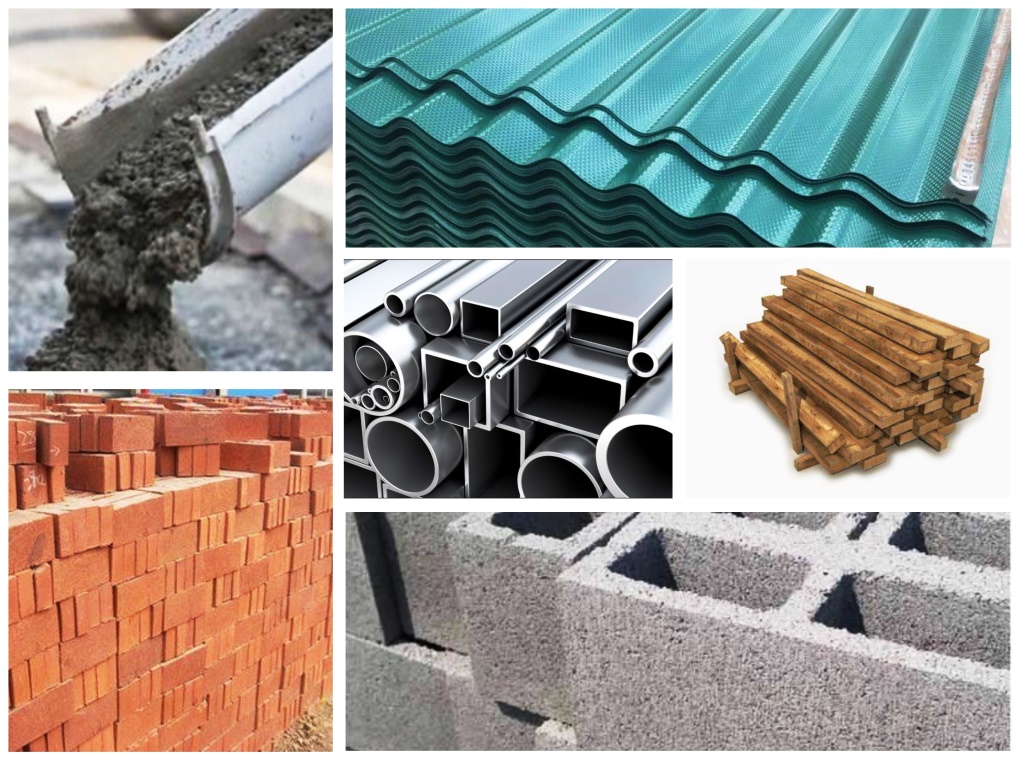In the face of increasing fire hazards, it is crucial to prioritize fire safety in construction. Choosing the right building materials can significantly enhance a structure's fire resistance and protect lives and property. In this blog post, we will delve into the world of fire-resistant building materials, exploring their effectiveness, applications, and the latest advancements in the field.
- Understanding Fire Resistance Ratings:
To comprehend the fire resistance of building materials, it is essential to grasp the concept of fire resistance ratings (FRR). FRR measures the ability of a material to withstand fire for a specified duration. Materials with higher FRRs offer superior protection against fire incidents. - Concrete: The Time-Tested Guardian:
Concrete has long been recognized as one of the most fire-resistant building materials. Its inherent properties, such as high heat capacity and low thermal conductivity, make it an excellent choice for fire-resistant construction. Additionally, the of additives like fly ash and slag further enhances its fire resistance. - Steel: The Structural Shield:
While steel is not inherently fire-resistant, it is widely used in construction due to its exceptional strength. To enhance its fire resistance, steel is often coated with fire-resistant materials like gypsum or intumescent paint. These coatings create a protective barrier, delaying the steel's temperature rise during a fire. - Fire-Resistant Glass: Transparency with Safety:
Incorporating fire-resistant glass in building design provides both aesthetics and safety. Fire-resistant glass is specially treated to withstand high temperatures and prevent the spread of flames and smoke. It allows natural light to penetrate while ensuring compartmentalization during a fire incident. - Fire-Retardant Treated Wood: Balancing Tradition and Safety:
Wood, a traditional building material, can be made fire-resistant through chemical treatments. Fire-retardant treated wood (FRTW) reduces the wood's combustibility, making it a viable option for certain applications. However, it is crucial to understand the limitations and appropriate usage of FRTW to ensure optimal fire safety. - Advanced Fire-Resistant Insulation:
Insulation plays a vital role in preventing fire spread within a building. Advanced fire-resistant insulation materials, such as mineral wool and fire-resistant foams, provide excellent thermal insulation while effectively resisting fire. These materials are designed to withstand high temperatures and limit the spread of flames. - Innovations in Fire-Resistant Coatings:
Researchers and manufacturers are continuously developing innovative fire-resistant coatings. These coatings can be applied to various building materials, enhancing their fire resistance. Nanotechnology-based coatings, intumescent coatings, and ablative coatings are some of the cutting-edge solutions that offer improved fire protection.
Conclusion:
Building materials with high fire resistance ratings are essential for constructing safe and resilient structures. Concrete, steel, fire-resistant glass, fire-retardant treated wood, advanced insulation, and innovative coatings are just a few examples of the diverse range of materials available. By incorporating these materials into construction projects, we can create fire-resistant fortresses that safeguard lives and property. Stay informed about the latest advancements in fire-resistant building materials to ensure the highest level of fire safety in your projects.

